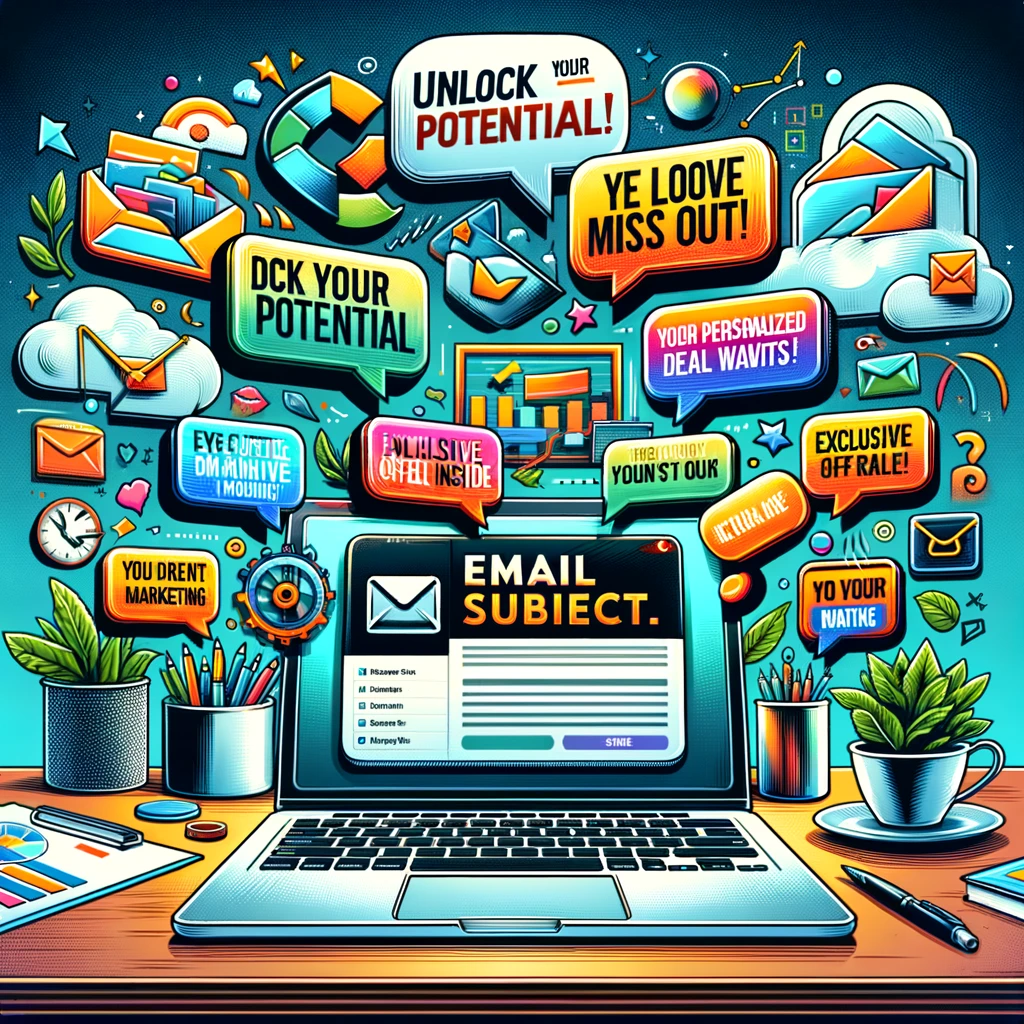
The sweet smell of a subject line
If someone asked which of the five senses were most important to you, would smell be in the top three? Probably not! Smell is one of the most powerful and important senses, yet somehow gets overlooked. But what does it have to do with email marketing? One could argue that content or design are the most important components of your email, however, it’s your subject line, that takes the cake!
Now, before you turn your nose up at the concept, think about this: Have you ever smelled freshly baked cookies, and went searching for the source? You may have walked into a local bakery (opened an email), spotted the goods (read content/design) and happily made a purchase (converted/clicked/signed up)? None of this would’ve happened without that enticing smell (your subject line). Piquing your audience’s interest from the get-go is essential for any email – so let’s make sure your subject line is potent (in a good way)! Try these various techniques to concoct the best smelling aka open-inducing subject line:
- Short vs. Long – Old rule of thumb indicated a subject line should remain short (50 characters or less) due to the way it appeared in the inbox. Nowadays, many senders are pushing the limits and including more context and info in their subject lines. Just look at the flash sale sites. They included lots of brand names to capture your interest. If you’ve got lots of interesting news, don’t be afraid to state it. A short subject line however, has its way of standing out. Sometimes less is more and it’s good to mix up your subject lines to keep your readers hooked.
- Symbols – Hearts and stars that have been decorating inboxes as of late are unique, but may or may not be a good fit for your biz. If your target audience is B2B, a heart may not resonate.
- Personalization – Seeing one’s name in a subject line is certainly eye-catching but this tactic is also used quite often, and may not affect your audience. It also has a way of seeming a bit “Big Brother-ish,” which may put off your readers. Test it to gauge if this works for your readers.
- Geographical Location – Including your recipient’s location in the subject line may resonate if you have a locals only offer or something exclusive or newsworthy in their area.
- % Sign + Free – A percentage sign, or the word free indicates a deal/sale – if that’s what your recipients want and expect, then give it to ‘em. Chris Brogan sends out a specific sales related email once a month or so and includes the words “selly-sell” in the subject line so you know immediately that it’s that type of a message and can choose to read it or delete it.
- Sense of Urgency – Including a sense of urgency is a powerful way to ignite action – however, some people don’t open their email until days after it’s been received so ensure you allow enough time for them to redeem the offer, or you can always extend it if you have a low take rate.
- Exclamation Marks! – Exclamation marks get a bum rap because they’re overused. If your news is worth touting, then have fun, but just use one, otherwise, hold your horses!
- Asking a Question – Asking a question has been proven to evoke more engagement on social media “…they generate 92% higher comment rates than non-question posts,” according to Buddy Media – Test this theory out in your email subject lines too.
- ALL CAPS – All caps used to be a surefire way to land you in the spam folder, and while it may capture attention, it also indicates yelling – something you don’t want to do to your readers.
- Description vs. Benefit – Do you describe what’s inside your email or tell people what they’ll get out of it? Both are beneficial – see which works best!
- Fear – Instilling fear into the mind of a customer seems silly, but if used in the right way, can be mighty powerful. Example: “20 Million Dollar Homes Burned to the Ground” vs. “Protect Your Home from Wild Fires” – The first fear-inducing subject line resulted in 65% more leads according to a case study on Which Test Won.
- How to – Everyone yearns to learn, but the words “how to” have generated debate, as they seem to be so overused… yet still remain effective! Your content should be used to teach, educate, inform and help your readers so how-to’s are one of the best ways to do that.
By testing some of these tactics you’ll be on your way to a sweet smelling subject line. Which of these interest-piquing subject line tactics work best for you?
© 2013 – 2018, Contributing Author. All rights reserved.



